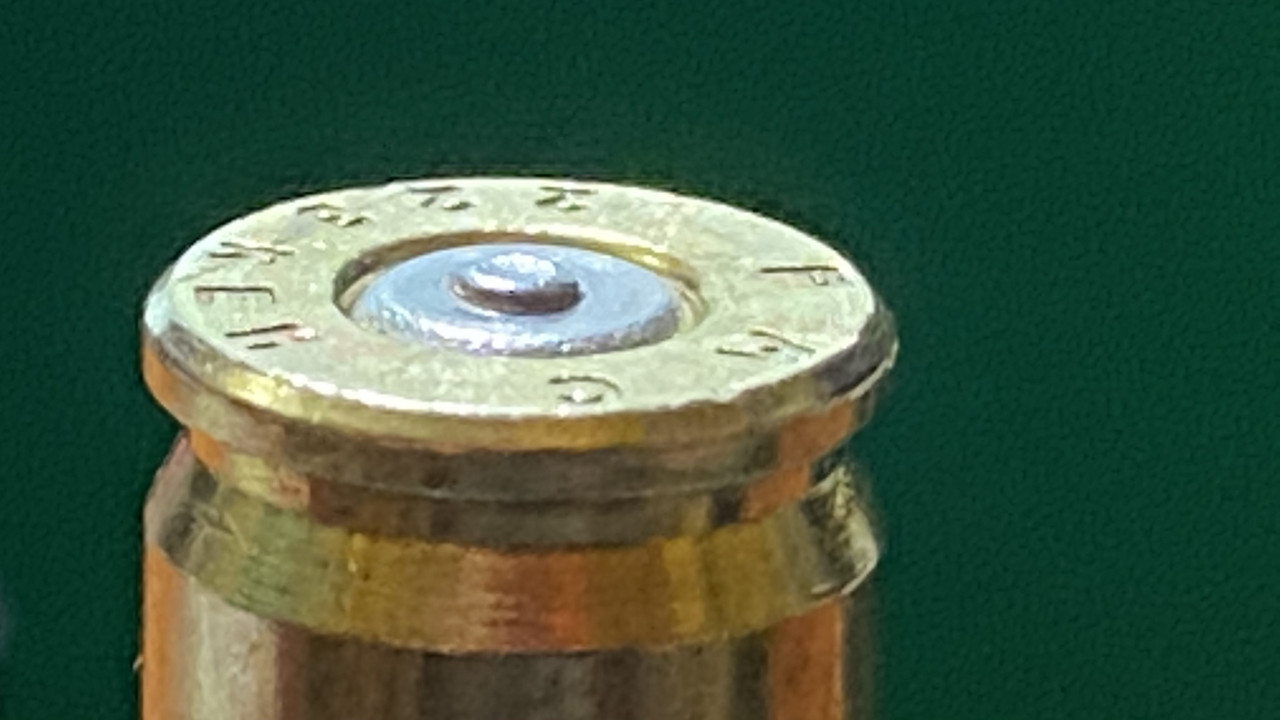This is a cross post from the semi-auto sub forum. I want to see if hand held primers not seating the primer to the right depth is a thing. I just discovered my Lyman hand primer, with a RCBS shell holder, does not seat the primer flush or slightly below the cartridge base. This is on fully prepped (reamed, unified) primer pockets.
With the shell in the holder, depressing the handle on the hand loader would cause the case to move upwards. There was a lot of play with the case in the shell holder. I borrowed a backup primer but the RCBS shell holder wouldn't work with it. Ordered a Hornady shell holder which arrived today and produced far less play. Using the Lyman, the primers were seated maybe a thousandth deeper, it was almost imperceptible but better. I switched over to the backup Hornady hand primer, with the Hornady shell holder and it worked! I could feel the primers were seated below the base.
I initially purchase the Lyman as it was mostly metal in construction and figured it'd last longer than the RCBS which I've used successfully in the past.
The details. After producing a few test loads with varying bullet weights, I went to the range, ballistic chronograph, note pad, etc. in hand and did some testing.
I ran into a slam fire issue with an extremely quick double tap which did not bode well for groupings and this was on the 2nd row, low powder charge test round. With that said, I moved on to one round in the magazine for the rest of the day after it happened one more time.
I originally thought it might be a buffer/spring/BCG combo as I'm using a lightweight titanium BCG (Rubber City Armory) and I've run two springs, a Springco Red (firmer) and a Strike Industries flat wire (about mil-spec) with an Odin Works field adjustable buffer with no weights. The empty buffer comes in a bit heavier than an empty mil-spec buffer. Gleaned the idea off the 2A Armament website and what they run with their lightweight BCG.
With that said, the gun cycles perfectly but was denting my brass and I wanted to figure out why. I used off the shelf PMC Bronze to dial the gas and scope in as it's a new build, AR15. Wasn't sure if this was a case of too much gas or another issue. Using a Superlative Arms adjustable gas block. It's about halfway to full open (two turns from closed). The rifle cycled everything from 52gr up to 77TMK's without a hiccup.
Here's what the slam fire primers look like. The only uneducated guess I can make is the bolt slamming against the primer set it off and with the firing pin retracted, the primer metal flowed into the firing hole as it became an "outie" instead of an "innie".

I tested 308 rounds in a different semi-auto rifle as well and had no issues. Again, fully processed primer pockets, same brand of primers (CCI) and same hand-seating primer tool.
With the shell in the holder, depressing the handle on the hand loader would cause the case to move upwards. There was a lot of play with the case in the shell holder. I borrowed a backup primer but the RCBS shell holder wouldn't work with it. Ordered a Hornady shell holder which arrived today and produced far less play. Using the Lyman, the primers were seated maybe a thousandth deeper, it was almost imperceptible but better. I switched over to the backup Hornady hand primer, with the Hornady shell holder and it worked! I could feel the primers were seated below the base.
I initially purchase the Lyman as it was mostly metal in construction and figured it'd last longer than the RCBS which I've used successfully in the past.
The details. After producing a few test loads with varying bullet weights, I went to the range, ballistic chronograph, note pad, etc. in hand and did some testing.
I ran into a slam fire issue with an extremely quick double tap which did not bode well for groupings and this was on the 2nd row, low powder charge test round. With that said, I moved on to one round in the magazine for the rest of the day after it happened one more time.
I originally thought it might be a buffer/spring/BCG combo as I'm using a lightweight titanium BCG (Rubber City Armory) and I've run two springs, a Springco Red (firmer) and a Strike Industries flat wire (about mil-spec) with an Odin Works field adjustable buffer with no weights. The empty buffer comes in a bit heavier than an empty mil-spec buffer. Gleaned the idea off the 2A Armament website and what they run with their lightweight BCG.
With that said, the gun cycles perfectly but was denting my brass and I wanted to figure out why. I used off the shelf PMC Bronze to dial the gas and scope in as it's a new build, AR15. Wasn't sure if this was a case of too much gas or another issue. Using a Superlative Arms adjustable gas block. It's about halfway to full open (two turns from closed). The rifle cycled everything from 52gr up to 77TMK's without a hiccup.
Here's what the slam fire primers look like. The only uneducated guess I can make is the bolt slamming against the primer set it off and with the firing pin retracted, the primer metal flowed into the firing hole as it became an "outie" instead of an "innie".

I tested 308 rounds in a different semi-auto rifle as well and had no issues. Again, fully processed primer pockets, same brand of primers (CCI) and same hand-seating primer tool.

